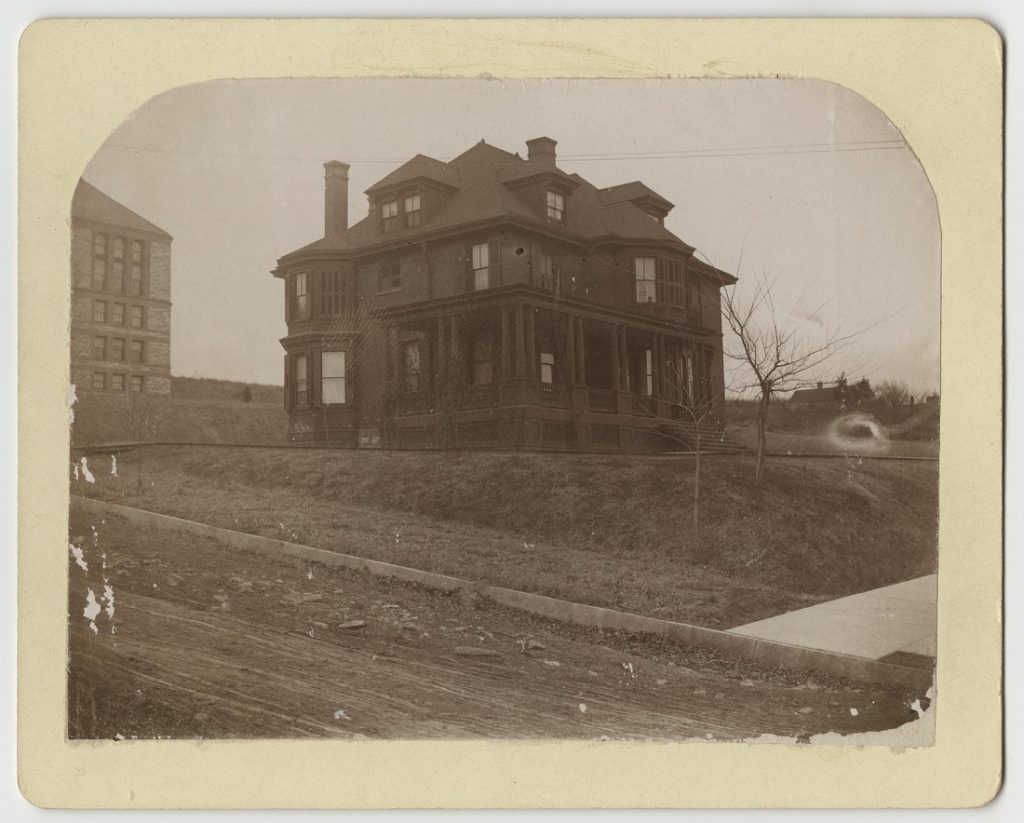How the J. B. Watkins Papers Came to Spencer Research Library
February 9th, 2021How does Spencer Research Library acquire its collections? Mostly, collections come from donors contacting the library. Occasionally, it is just luck. As for acquiring the papers of the J. B. Watkins Mortgage Company, it was luck combined with tenacity – and being just a foot in front of scrap paper balers at a junkyard during World War II.
The luck came on a Saturday afternoon during World War II, when KU history professor James C. Malin (1893-1979) happened to notice an article printed in the local Lawrence, Kansas, newspaper. The article described how scrap paper from a local business was to be sold for the war effort. Malin was a historian known for his study on Kansas and Nebraska agricultural history and settlement from the late nineteenth century through the 1930s. His prolific writings on the subject are still referenced today.
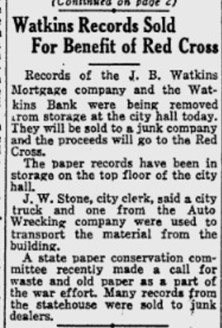
The local business, James C. Malin knew, was no ordinary business. The J. B. Watkins Mortgage Company was one of the largest farm mortgage businesses in the central United States during the last three decades of the 19th century. Headquartered in Lawrence, Kansas, it had branch offices in Dallas, New York, London, and Lake Charles, Louisiana. The data and information contained in the company’s records would be immensely useful to Malin’s work and to other researchers studying agriculture, commerce, economics, and other areas. He knew that he had to rescue the historic collection before it was lost.
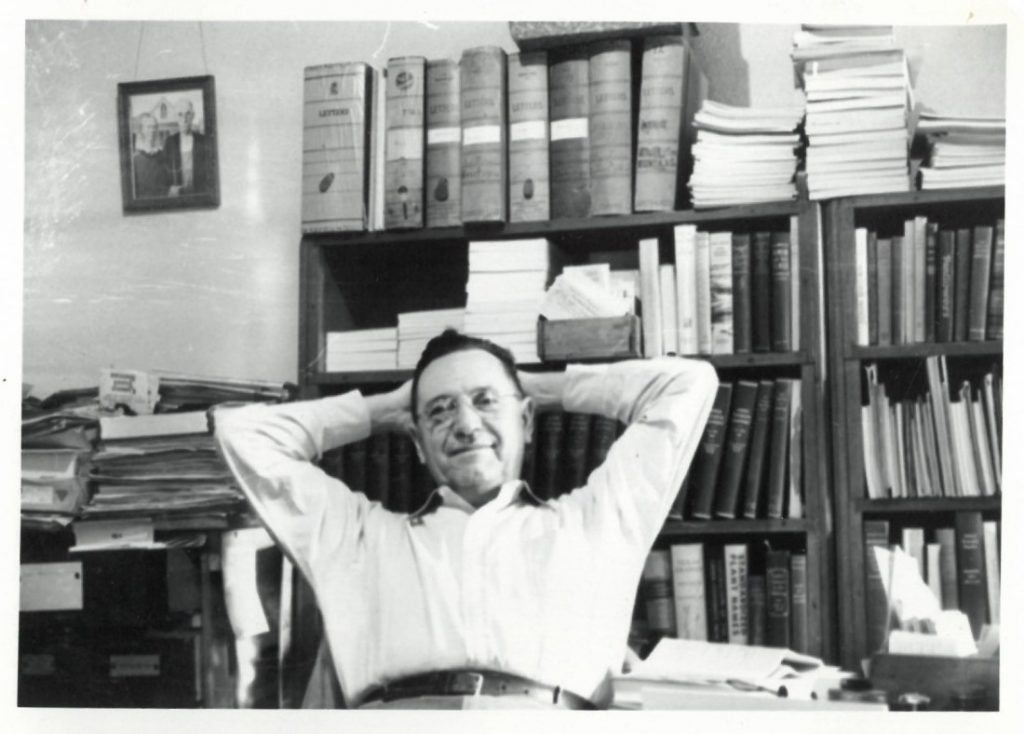
Without wasting any time, Malin picked up the telephone and called then-University of Kansas Chancellor Deane Malott at his home. Before becoming KU’s Chancellor, Deane Malott had himself studied agricultural issues and business administration. Coincidentally, the Chancellor’s home was the beautiful mansion of J. B. and Elizabeth Watkins, known as the “Outlook,” donated by Mrs. Watkins to KU. Malott had been living in the mansion just a little over two years when he received Malin’s phone call insisting something be done to keep the Watkins records from becoming scrap.
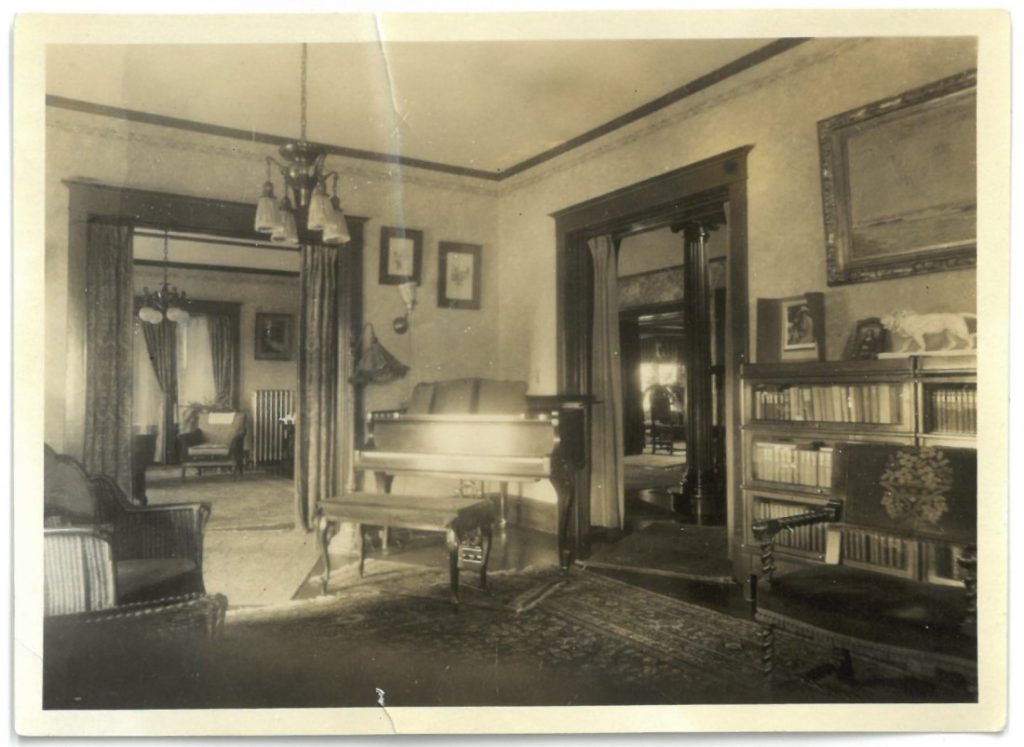
Malott eventually yielded to Malin’s insistence. Malott agreed to substitute scrap paper from the University pound for pound for the Watkins records at the junkyard. Dick Williams, the executor of the Watkins estate and possibly the person responsible for selling the paper scrap, was contacted. Malott then authorized Malin to act in the matter.
The day after Malin read the newspaper article he went to the junkyard when it opened. He spoke to the scrap supervisor “Mr. Cohen.” Cohen was cooperative but insisted that “business was business.” He agreed to swapping out the Watkins papers for KU papers, but would not halt his operation. By then, the Watkins papers had already been dropped three floors from a window at what was then city hall (which had been previously the Watkins National Bank, what is now the Watkins Museum of History), hauled to the junkyard, and mixed with other scrap paper. The junkyard had started working on the Watkins material when Malin arrived, with some of it already in a 600-pound bale ready for loading on the railroad car. Cohen permitted Malin to sort the material if he kept ahead of the baler and not interfere with the operation.

Malin immediately solicited help from his colleague in the department of history at KU, Charles B. Realey, and his 16-year-old daughter Jane Malin. They worked all that Sunday pulling everything that seemed to belong to the Watkins records out of the heap of scrap paper – keeping just ahead of the baler. Malin worked by himself the next day, cutting all his classes. University trucks were sent to pick up the material – over two and a half tons – and dumped it on the ramp area of Watson Library. The collection had been saved!
The J. B. Watkins papers were acquired before there was a separate research library for special collections at KU. The collection was housed at Watson Library until Kenneth Spencer Research Library was built in the 1960s. One of the first researchers to use the collection was historian Allan Bogue (1921-2016) in 1949. He, too, was interested in the history of agriculture and economics. Malin hired Bogue to be his assistant and organize and describe the vast Watkins collection. Bogue wrote a description of Watkins’ Mortgage Company and published it in his book, Money at Interest: The Farm Mortgage on the Middle Border (1955).
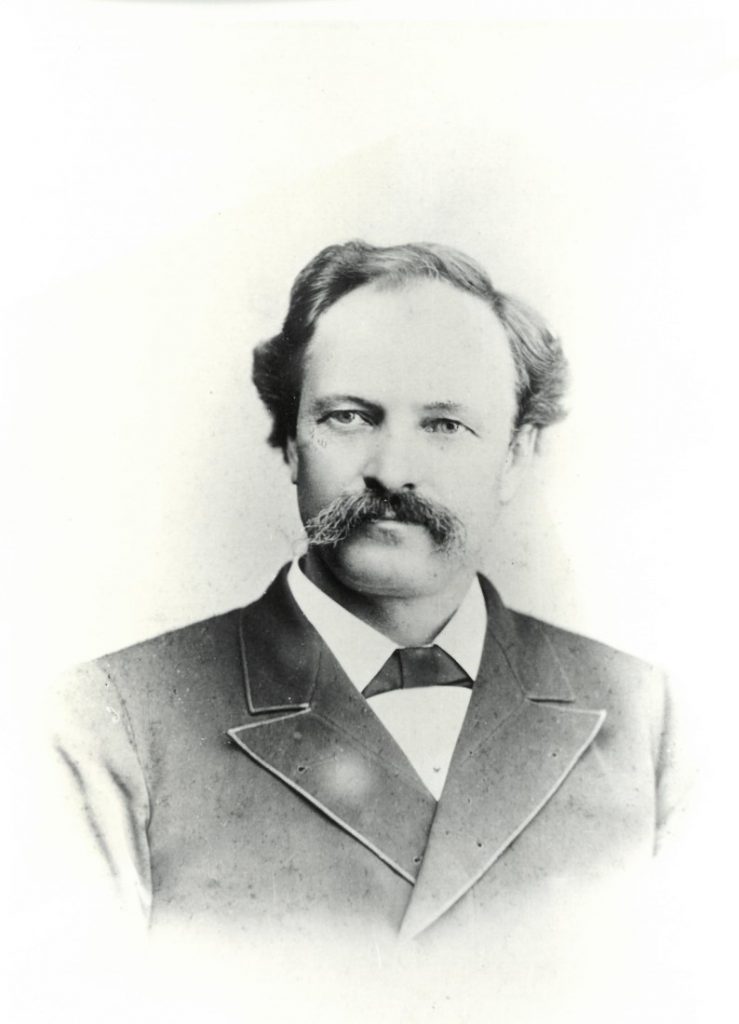
Through the years, additions to the Watkins papers have been donated by Dick Williams and the Watkins Museum of History. The Watkins Museum of History, operated by the Douglas County Historical Society, is housed in the beautifully iconic 1888 Watkins Land Mortgage and National Bank building in downtown Lawrence, Kansas. Visitors at the museum can view the grandeur and intricate details that J. B. Watkins chose for his business and some of his original effects as well as an interesting history of Lawrence and Douglas County.
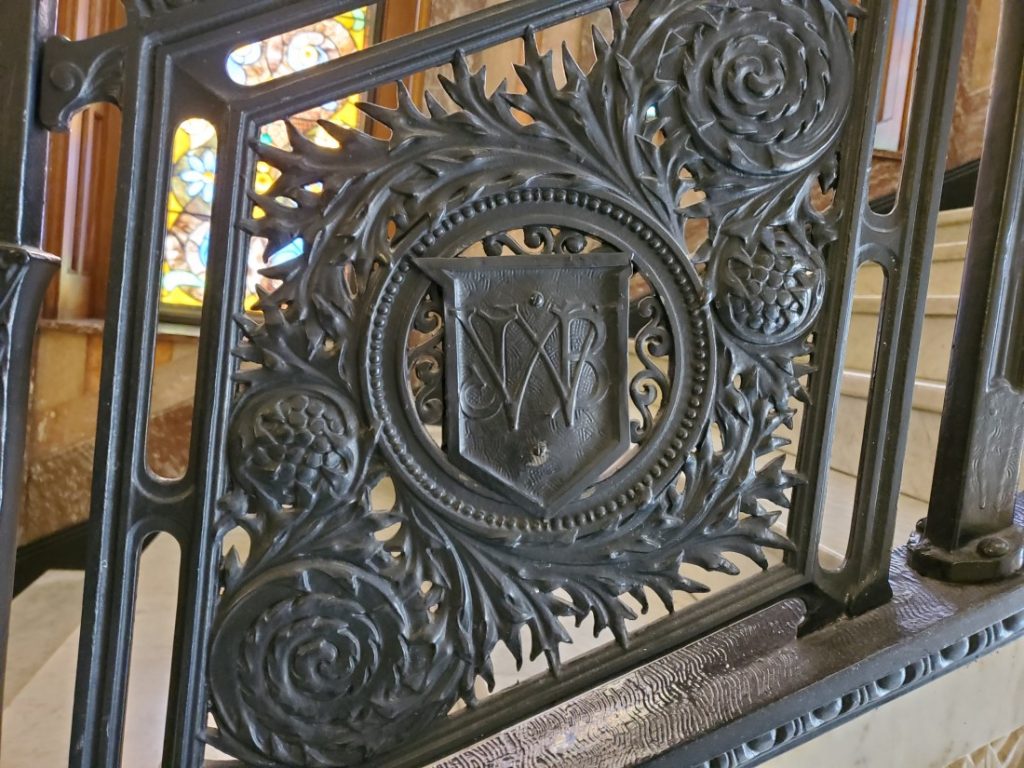
While it was by luck and tenacity that James C. Malin procured the historically valuable collection of J. B. Watkins for KU Libraries, we are proud that this collection is just one of the ways we connect scholars in varied disciplines with the information that is critical to their research. The J. B. Watkins papers at Spencer Research Library comprise over 627 linear feet of correspondence and business records and are available for research. The finding aid for the J. B. Watkins papers has recently been updated so that it is easier for researchers to discover pertinent material. Papers describing Malin’s heroic salvage of the collection are in the Watkins accession file.
During COVID-19, the Reading Room at Spencer Research Library is open by appointment only. Please see our website for more information on hours and new procedures. In addition, since most of the Watkins papers are housed off-site, please plan at least three days of retrieval time for research.
Lynn Ward
Processing Archivist

